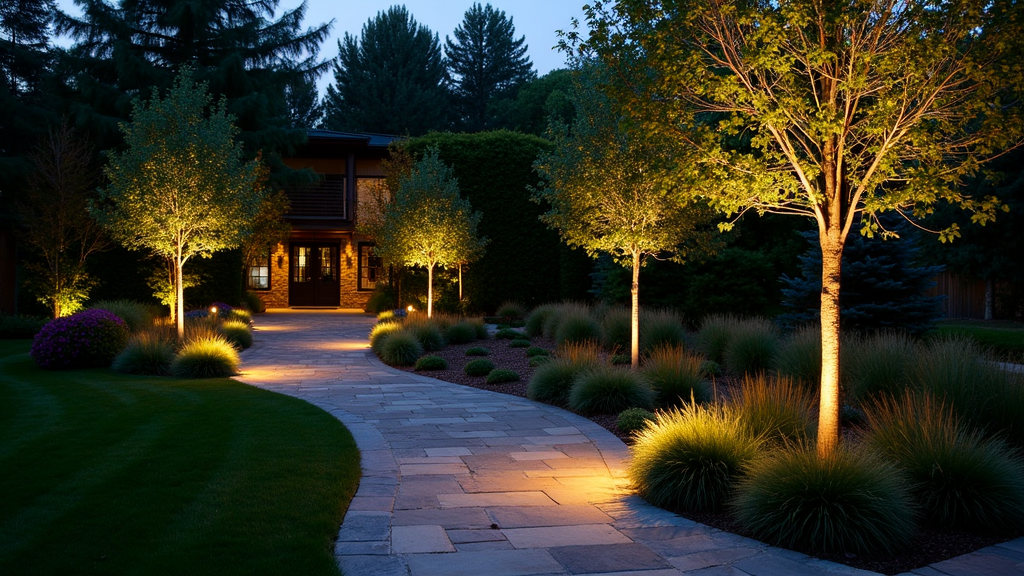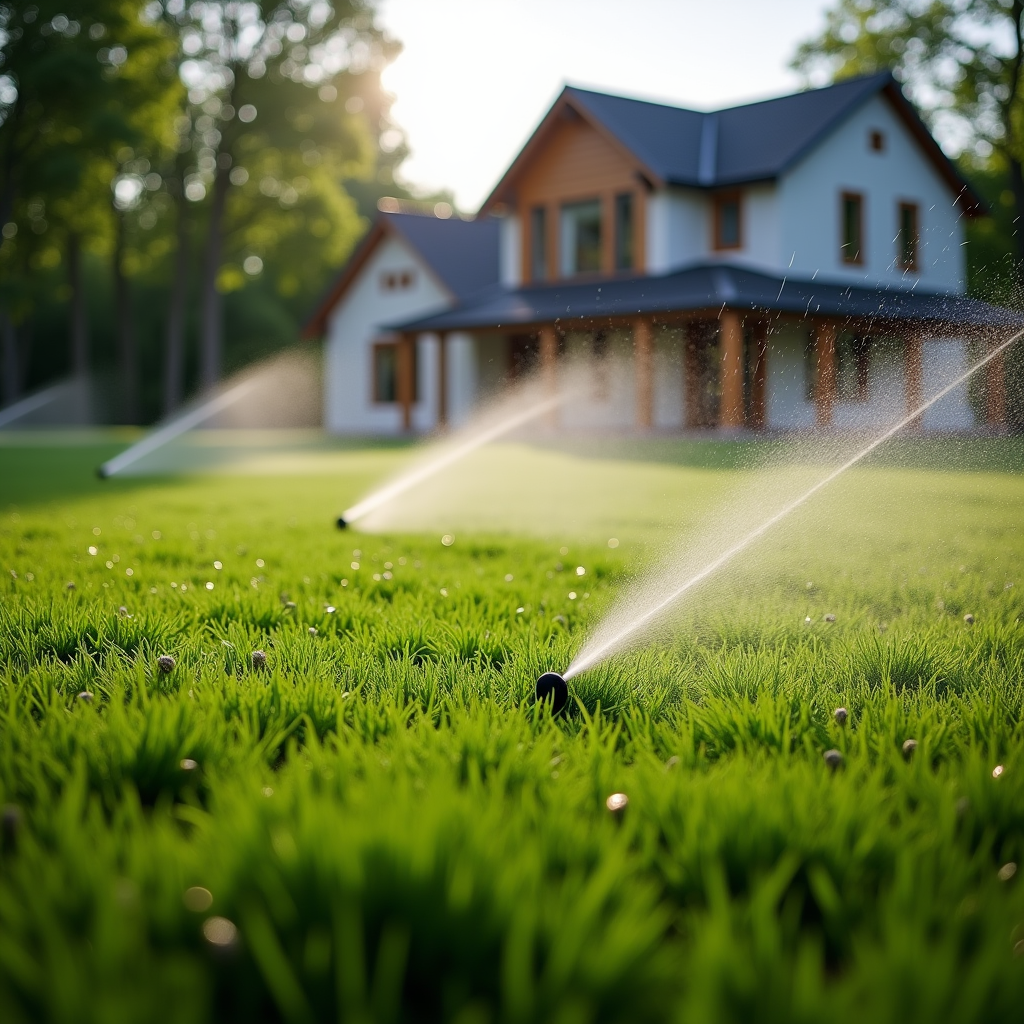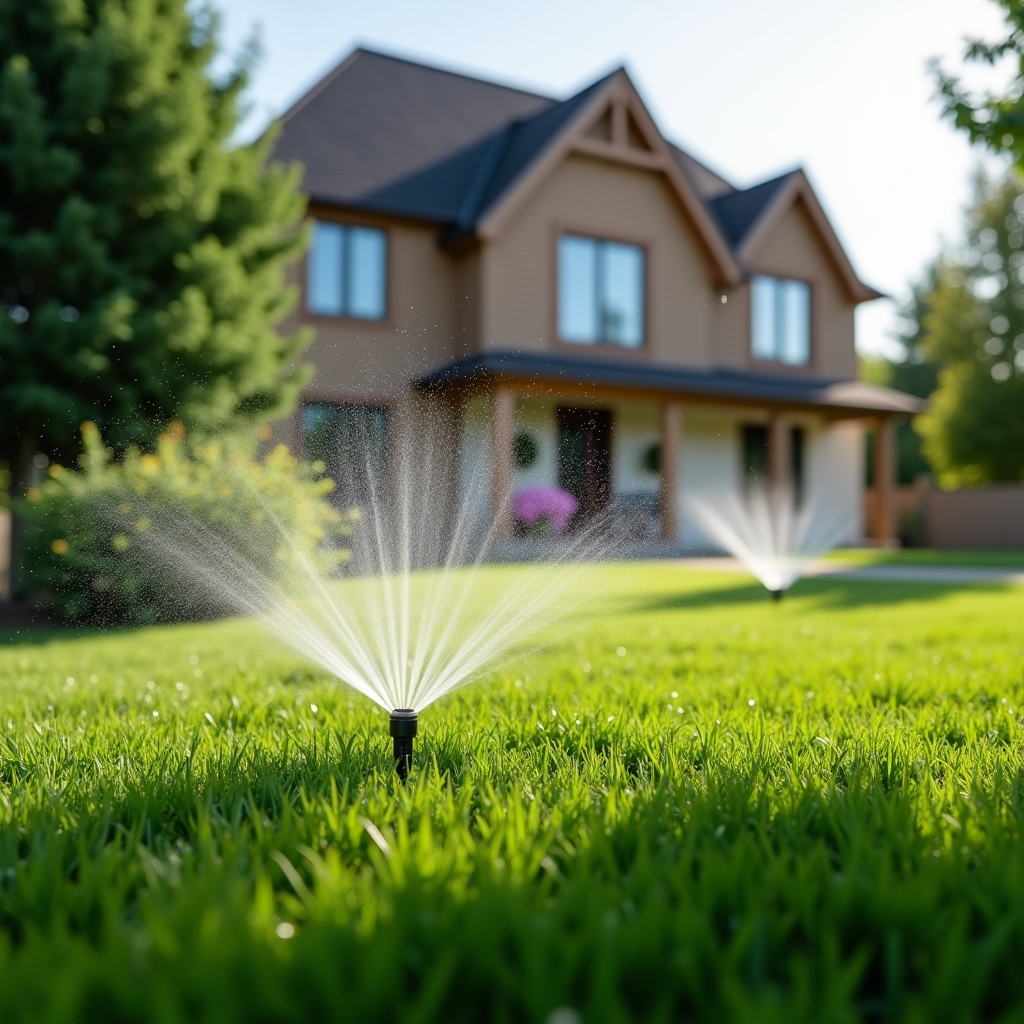Creating a vibrant and inviting landscape in Greensboro, North Carolina, can be both an art and a science. The right selection of plants not only enhances the beauty of your property but also contributes to biodiversity, provides habitat for wildlife, and improves air quality. In this article, we’ll explore 10 must-have plants for your Greensboro landscape that will thrive in the local climate while adding aesthetic charm to your outdoor spaces.
Understanding Greensboro Landscaping
Greensboro's climate is characterized by hot summers and mild winters, making it suitable for a diverse range of plants. When designing your landscape, it's crucial to consider factors like soil type, sun exposure, and water availability. This guide will help you navigate these aspects with ease.
The Importance of Choosing the Right Plants
Choosing the right plants can make or break your landscaping project. Not only do they need to look beautiful throughout the seasons, but they should also be resilient against pests and adaptable to changing weather conditions. This is where knowing about Greensboro landscaping becomes essential.
1. Azaleas: A Burst of Color
Azaleas are one of the most popular choices for Greensboro landscaping due to their stunning flowers that bloom in early spring.
Why Choose Azaleas?
- Variety: They come in numerous colors ranging from soft pastels to vibrant hues. Low Maintenance: Once established, azaleas require minimal care. Versatility: Perfect for borders, hedges, or as standalone specimens.
Planting Tips
When planting azaleas:

- Ensure well-drained soil rich in organic matter. Plant them in partial shade to protect them from harsh afternoon sun.
Azaleas thrive best when planted in groups; their collective bloom creates a spectacular display.
2. Crepe Myrtle: Summer Blooms That Last
Crepe myrtles are known for their long-lasting summer blooms and attractive bark.
Benefits of Crepe Myrtle
- Diverse Sizes: They range from small shrubs to large trees. Fall Foliage: Their leaves turn brilliant shades of red and orange in autumn. Pest Resistance: Crepe myrtles have few pest problems compared to other flowering trees.
Care Guidelines
Plant crepe myrtle in full sun for optimal blooming and ensure regular watering during dry spells. Pruning should be done in late winter to maintain shape.
3. Daylilies: Edible Elegance
Daylilies offer both beauty and utility as they produce edible flowers that can enhance culinary dishes.
Why Plant Daylilies?
- Hardy Plants: They tolerate drought well once established. Continuous Blooming: With proper care, they can bloom from spring until fall.
Growing Conditions
Daylilies prefer well-drained soils and full sun but can adapt to partial shade. Deadheading spent blooms encourages further flowering.

4. Boxwood: Timeless Greenery
Boxwoods are classic evergreen shrubs that provide structure year-round.
Advantages of Boxwood
- Versatile Uses: Ideal for formal hedges or topiaries. Easy Maintenance: Requires minimal pruning and care.
Planting Boxwood
Be sure to plant boxwoods in well-drained soil with plenty of sunlight; they thrive best when given space for airflow.
5. Native Wildflowers: Supporting Local Ecosystems
Incorporating native wildflowers into your landscape supports local wildlife while offering stunning natural beauty.
Top Native Wildflowers to Consider
Purple Coneflower Black-eyed Susan Butterfly WeedWhy Native Wildflowers?
They attract pollinators like bees and butterflies while requiring less water than non-native species, making them perfect for sustainable landscaping in Greensboro.
6. Ornamental Grasses: Adding Texture & Movement
Ornamental grasses add movement and texture to any landscape design.
Best Ornamental Grasses for Greensboro
- Miscanthus Pampas Grass Blue Fescue
Maintenance Tips
Ornamental grasses are relatively low-maintenance; trimming them back in late winter promotes healthy new growth each spring.
7. Hydrangeas: Lush Blooms That Adapt
Hydrangeas are a favorite among homeowners due to their large flower heads that change color based on soil pH levels.
Varieties To Explore
Bigleaf Hydrangea Panicle Hydrangea Smooth HydrangeaPlanting & Care
Hydrangeas flourish best with morning sun and afternoon shade—keep their roots moist but avoid overwatering!
8. Ferns: Lush Green Foliage For Shade Gardens
Ferns bring lush greenery into shaded areas where many flowering plants struggle to grow.
Popular Fern Varieties
Eastern Sword Fern Japanese Painted Fern Maidenhair FernFerns thrive under tree canopies or beside patios where direct sunlight is limited—a perfect addition for those shady spots!
9. Roses: Classic Beauty With Fragrance
Roses are timeless favorites known for their beauty and fragrance—perfectly suited as focal points or borders within any garden setting!

Types Of Roses To Consider
1. Knock Out Roses
2. Climbing Roses
3. Hybrid Tea Roses
Caring For Roses
Regular deadheading encourages more blooms while maintaining good air circulation prevents fungal diseases from taking hold—ideal practices ensuring flourishing blossoms throughout summer!
10. Juniper: Low-Maintenance Ground Cover
Junipers serve as excellent ground covers thanks largely due their drought tolerance & ability resist pests/diseases effectively!
Benefits Of Junipers
1. Variety Of Colors/Shapes Available
2. Low Water Requirements Once Established
3. Ideal For Rock Gardens Or Slopes
Growing Conditions
Junipers prefer sandy loam soils thriving under direct sunlight ensuring vibrancy across all seasons!
FAQ Section
Q1: What is the best time to plant these must-have plants? A1: The best time usually falls during spring or fall when temperatures are moderate allowing roots establish before extreme heat/cold sets in!
Q2: How often should I water these plants? A2: Generally speaking once established most require watering twice per week unless experiencing prolonged drought conditions which may necessitate additional hydration!
Q3: Can I mix different types of plants together? A3: Absolutely! Mixing textures/colors adds visual interest creating dynamic landscapes—just make sure they share similar growing needs (sun/shade).
Q4: Are there any specific pests I should watch out for? A4: Yes! Aphids & spider mites tend target roses particularly—but keeping an eye out ensures swift action if needed!
Q5: Do native wildflowers require special care? A5: Not at all! They’re adapted local conditions providing low-maintenance options great attracting pollinators enhancing overall ecosystem health too!
Q6: Where can I purchase these plants locally? A6: Local nurseries/garden centers often carry many favorites listed here while online retailers also provide shipping options directly home delivery convenience!
Conclusion
Selecting the right flora is https://rentry.co/qcaatmoy paramount when designing an appealing landscape—especially within unique climates like ours here Greensboro NC area! By incorporating these 10 must-have plants, you’ll create not only stunning visuals but also promote sustainability through biodiversity efforts enhancing nature's beauty surrounding us every day! Remember—landscaping isn’t just about aesthetics; it’s about fostering connections between people nature alike enriching lives beyond homes alone!
So roll up those sleeves dig deep into this colorful world possibilities awaits—you'll reap rewards years down road watching lovely landscapes flourish beautifully before eyes!